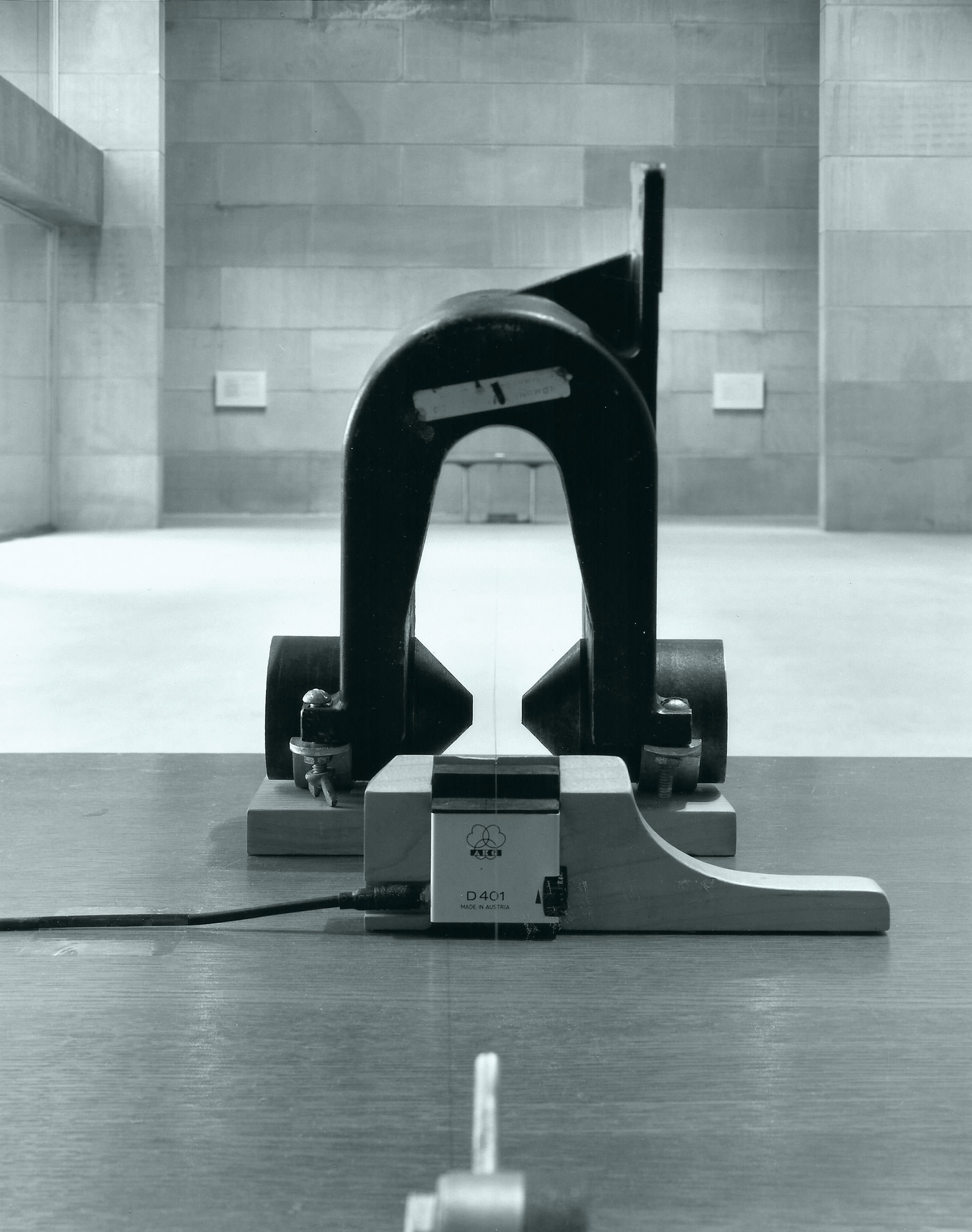I've followed DIYRE since reviewing their Colour 500 Series analog saturation platform kit [Tape Op #107], and they've been busy. They've released three or four new kits since 2015: a Colour mkII with a lot of solid improvements (I bought and built a pair); a Pultec-inspired passive EQ; a Colour-loaded mic preamp; and the OLA5, a 500 Series optical compressor based roughly on the Urei LA-4. With the idea that the LA-4 has a superior compression detector bolted to a lackluster audio path, DIYRE used the LA-4's sidechain circuit and a newly designed signal path. They've also added some welcome utility features: a high-pass sidechain filter and a blend control for easy parallel compression. There's also a "vintage" output gain option, adding an API-style discrete op-amp that feeds a custom-wound output transformer. A jumper on the PCB selects the "vintage" or op-amp-based "modern" output stage. One last cool feature: DIYRE sells horizontal faceplates for $15 each, in case you want a pair of side-by-side compressors in a single rack space unit. (They also sell a 2-unit horizontal rack kit).
DIYRE sent me an assembled review unit with the "vintage" option, and an unassembled kit to build if I chose. Of course, I couldn't resist. I'm a dummy with circuits but I like building things, and soldering together a kit can be quietly therapeutic. This kit has about 150 components, making it DIYRE's most involved kit to date. But it's not actually that complex – just lots of resistors and a few caps and ICs, with a small daughterboard to drive the 10-LED meter. As with the other DIYRE kits I've built, the parts are extremely well organized (in 14 small, numbered plastic zippered bags, which is easy to understand but seems like a lot of waste) and the build instructions are crystal clear. My build took about five hours, including turning over records every 20 minutes (The Breeders, Cheap Trick, Heart, The Pretenders, Judas Priest, and Kiss' Alive II). The good news: my build worked on the first try and sounded great. The bad news: okay, it didn't entirely work. My meters were glitchy. After a few emails with DIYRE founder Peterson Goodwyn, I swapped my daughterboard with the board from the prebuilt unit I was sent. It worked fine. Intriguing... I swapped the LM3916 chip that drives the meter and that did it; a faulty part was to blame. At least it wasn't my soldering!
The OLA5's opto cell is worth mentioning. As you probably know, optical compressors work (roughly) by using audio amplitude to drive a light source, then using a light-sensitive detector to control the amount of gain reduction. This creates interesting, non-linear attack and release curves. (If you'd like to learn more, there's plenty out there to read on this topic). A few off-the-shelf optocouplers exist, but, rather than use one, DIYRE designed their own discrete opto cell: an LED on the PCB is covered by a small piece of black plastic tubing, with a light-dependent resistor (LDR) on the other end of the tube. Four spacers and some screws hold it together. It's simple and clever, and you can really see how it works (in fact, if you remove the LDR you can watch the LED blink in time with your input signal). There are actually two of these cells on the PCB, one for the detector and one for the meter.
Okay, so how does it sound? Very good. Vocals are the first obvious choice for an opto comp. The OLA5 has two compression modes, "compress" (2:1) and "limit" (4:1 or 12:1 depending on a jumper). The 2:1 mode adds density to a vocal take without any unwanted artifacts, even digging into 8 to 10 dB of gain reduction. Limit mode is heavier-handed and more obvious, but I like it a lot when combined with the Mix control – probably my favorite setting for vocals. It brought a few dynamic vocalists under control without making it sound like too much compression was happening. Since I had two units I could easily compare the "modern" and "vintage" output options. The "modern" output is closer to the input sonics, while the "vintage" version beefs up the low end a bit and tilts the signal darker. It's not night and day, but it's pretty noticeable. Which you want really depends on what you're aiming for. On vocals "thicker" can be a good option, but sometimes you want to leave room for everything else. It'd be nice to have a switch for this up front, though nobody loves a crowded 500 Series panel.
I don't have any opto compressors in my studio, so I called Jack Shirley [Tape Op #115]. Jack just finished building an incredible new studio in Oakland, and I like making excuses to visit. We patched up some very nice compressors (a Shadow Hills Mastering Compressor, a vintage Universal Audio LA-2A [#26], and an LA-3A [#49]) and ran lots of sources through all four compressors. Vocals, bass, drums, room mics... this kit totally held its own. The compression itself sounded great – a slightly slower attack than some of the other comps, which served it well on sources like bass guitar – and the audio sounded good too.
The front panel is clean and simple, and fairly easy to navigate. Two-knob compression is enjoyable. The four toggle buttons are black-on-black, which are hard to see. Illuminated buttons would be ideal, but even lighter-colored caps would make it clearer when a button is depressed. Recalling settings is pretty easy – the knobs aren't numbered but, like the Colour mk2, there are markings at clock-like positions from 7:00 to 5:00 in half hour increments. I use clock notation to write down recalls.
The OLA5 is a respectable compressor for very few dollars. I wouldn't recommended it as your first kit build, but don't be scared either. I'm buying my review unit and adding the "vintage" option.




_disp_horizontal_bw.jpg)